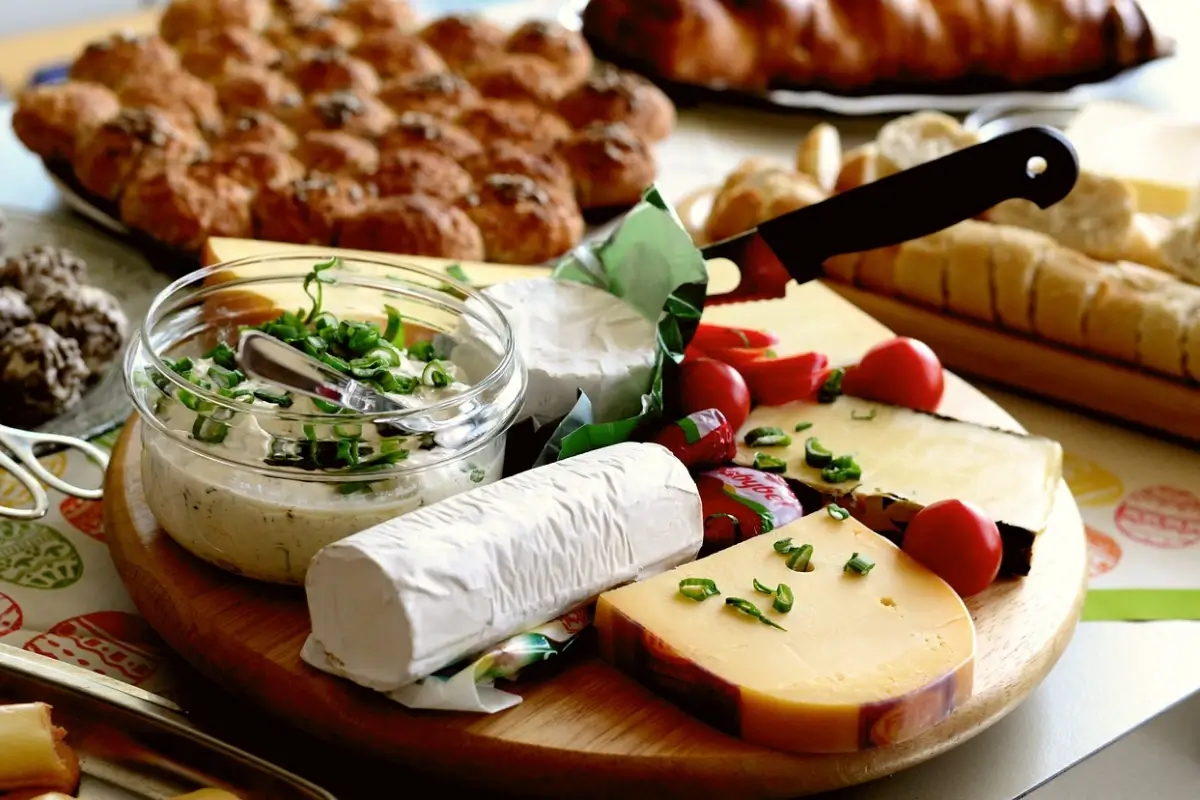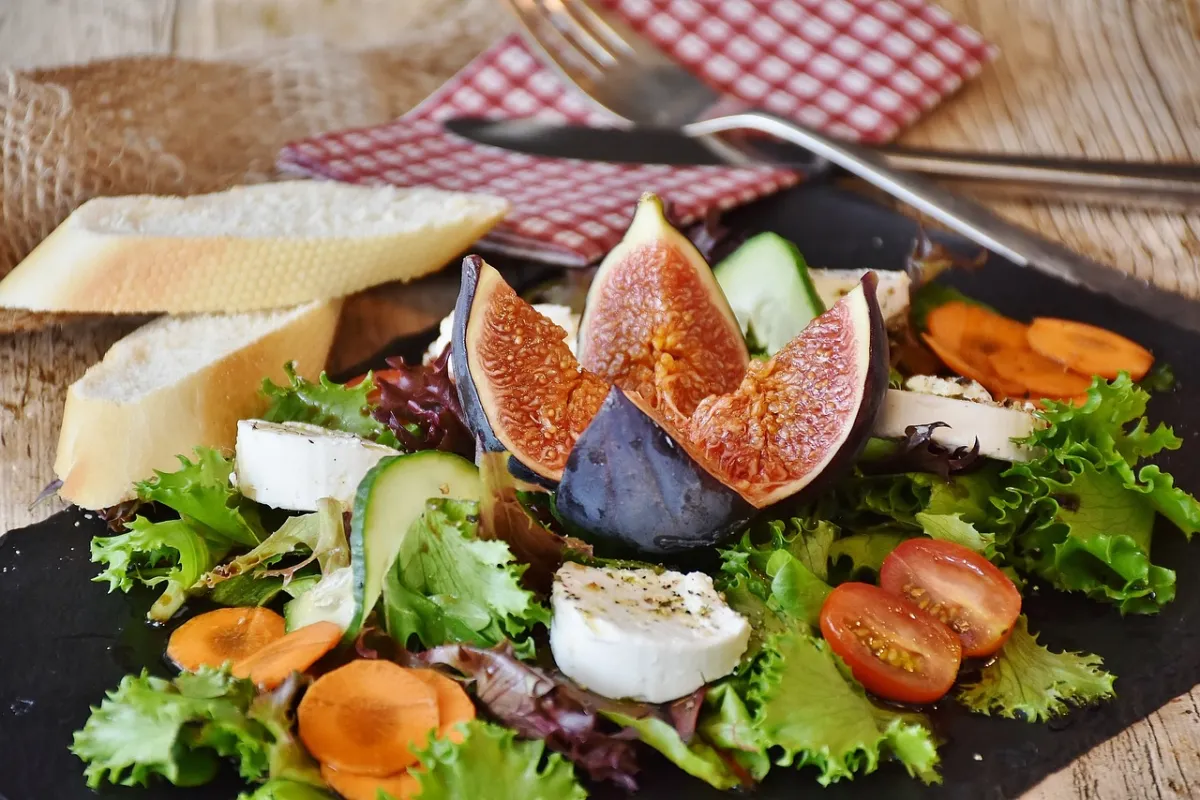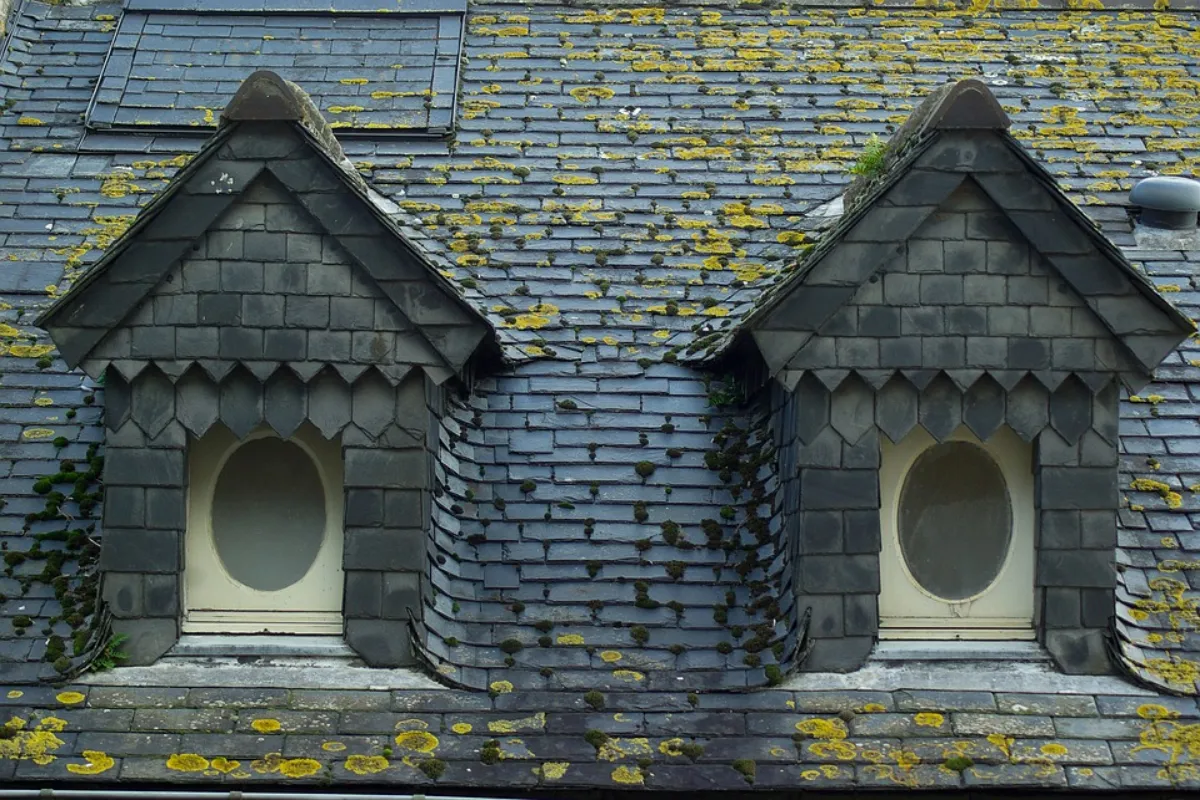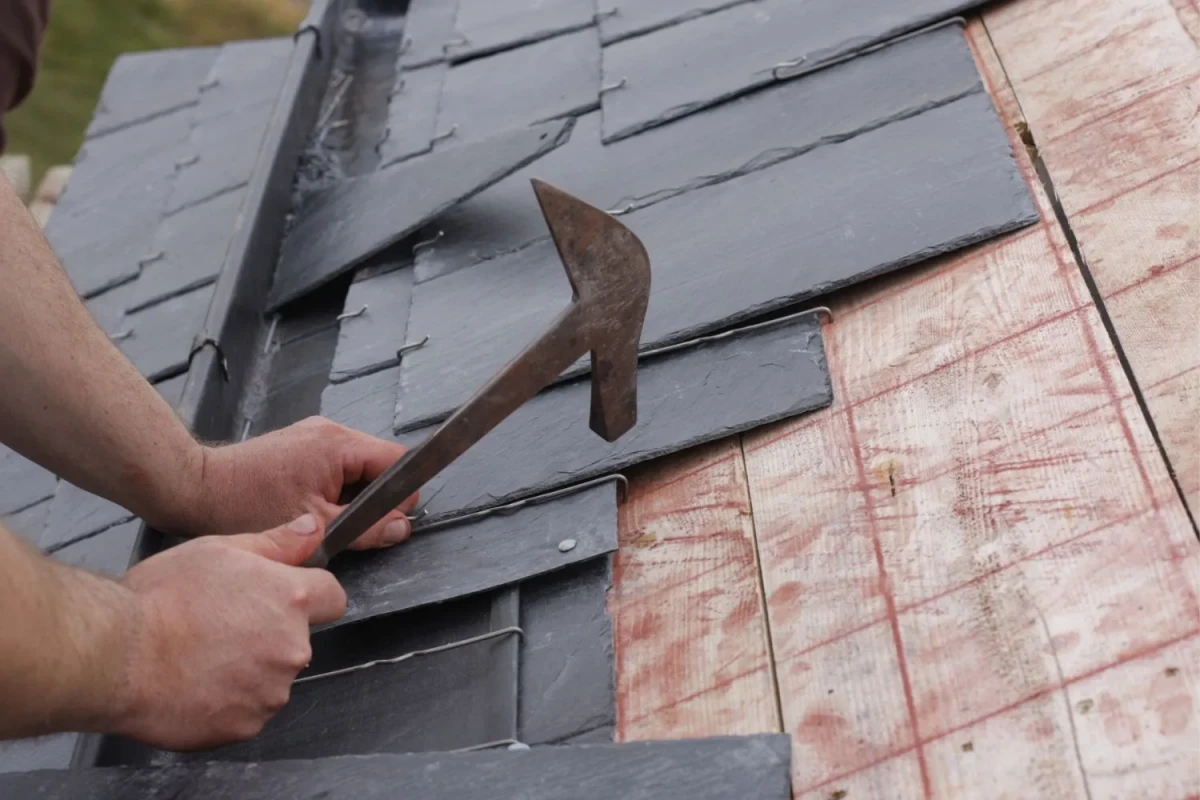Causes of Mold on Wooden Tableware and Guidelines for Preventing Mold
After a rainstorm and sun exposure, my newly bought wooden tableware became moldy in this humid and warm weather. The wooden chopsticks, wooden spatulas, and wooden dinner plates originally bought for a healthier lifestyle, unexpectedly became moldy soon after buying them. And the terrible mold may even produce stomach-causing Helicobacter pylori in the human body. Just give up the moldy wooden tableware? Plastic tableware and metal tableware do not seem to be the first choice for health! Learning to maintain wooden tableware, away from mold is the first choice to make the family diet healthier!
Causes of Mildew on Wooden Tableware
When it comes to why chopsticks and dinner plates are moldy, apart from the fact that the weather is not good, I also made a self-examination on the rough maintenance of tableware.
The cleaning is not thorough.
After putting cheese on a wooden dinner plate, the cheese will stick to the plate. If the brushing is not thorough enough, some food will still stick to it. Well, if you haven’t used it for about a week, it’s moldy.
The wooden tableware was not completely dried.
For example, many people like to put wooden chopsticks densely on the chopstick stand to dry. To dry chopsticks like this, only the exposed chopsticks on the outer layer can be dried, while the other chopsticks are wet. Because the water absorption capacity of wood products is very strong, if you don’t drain it for a long time, it is very easy to mildew. Even if you don’t see it with your naked eye, it is full of bacteria.
Put wooden tableware that has not been fully dried in the cupboards.
Keeping half-wet wooden tableware in an airtight cupboard can be a recipe for disaster. I’ve tried leaving wooden tableware careless like this and left them untouched for days, and they all developed fuzzy mold.
Mildew-proof Maintenance Guide for Wooden Tableware
1.Placement
Wooden tableware should be placed on a hollow shelf, and the shelf itself should be cleaned and disinfected frequently, and placed in a dry and ventilated place. Don’t just put the wet tableware aside, or put it directly in the cupboard. On sunny days, it is best to put wooden tableware in the sun to dry.
2.Cleaning
Many people like to soak their cutlery and find it easy to clean, but that doesn’t apply to wooden cutlery at all. This may allow dish soap to get inside the wood. The correct cleaning method should be to rub it carefully with detergent, rinse it, drain the water, and put it on a hollowed-out shelf to dry.
3.Disinfection
Wooden tableware is not suitable for disinfection in a disinfection cabinet, so disinfection will be a little more troublesome. Put the wooden tableware in boiling water for half an hour every week, and then put it in the air to dry before use, which can achieve the effect of disinfection.
But if there is mold, can wooden tableware continue to be used? It is recommended to observe whether discoloration or spots appear after cleaning and disinfection. If so, the tableware has become mildewed and is no longer suitable for use.
2022-12-01




